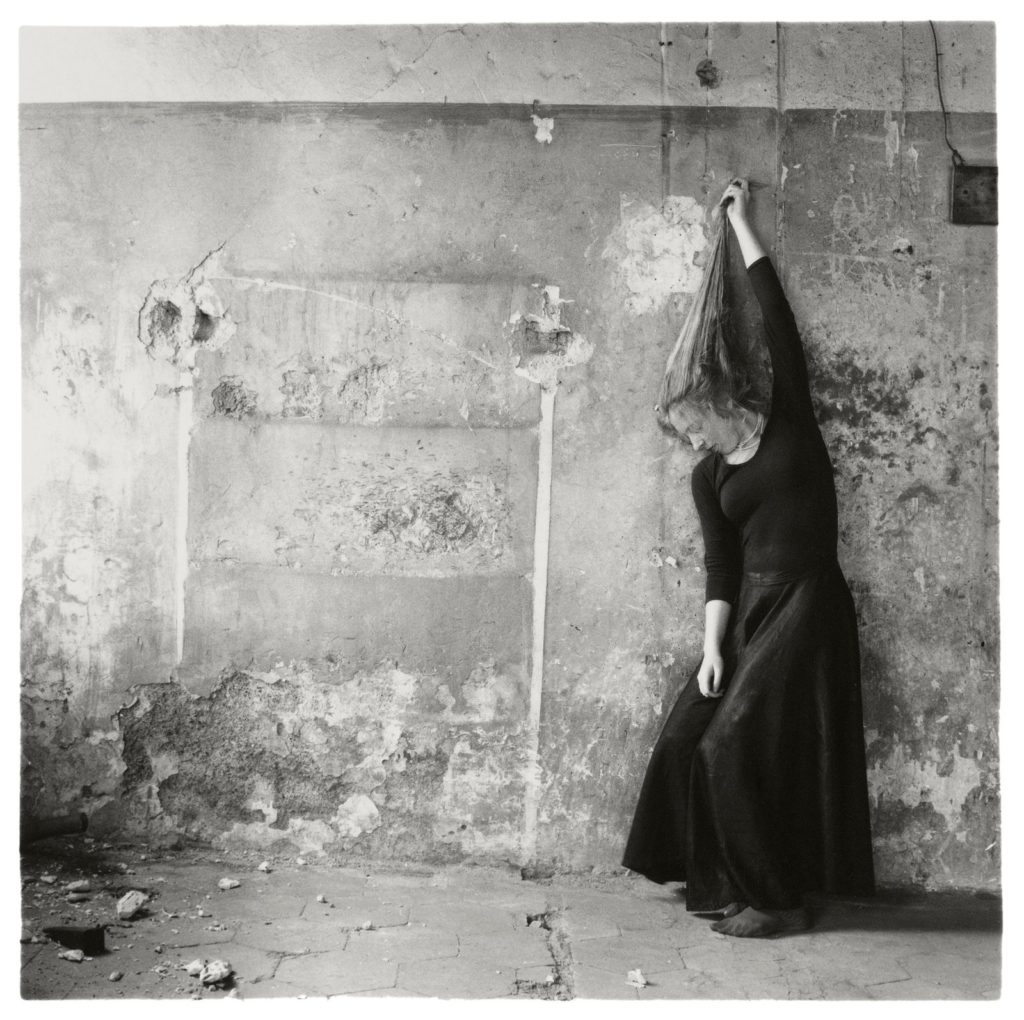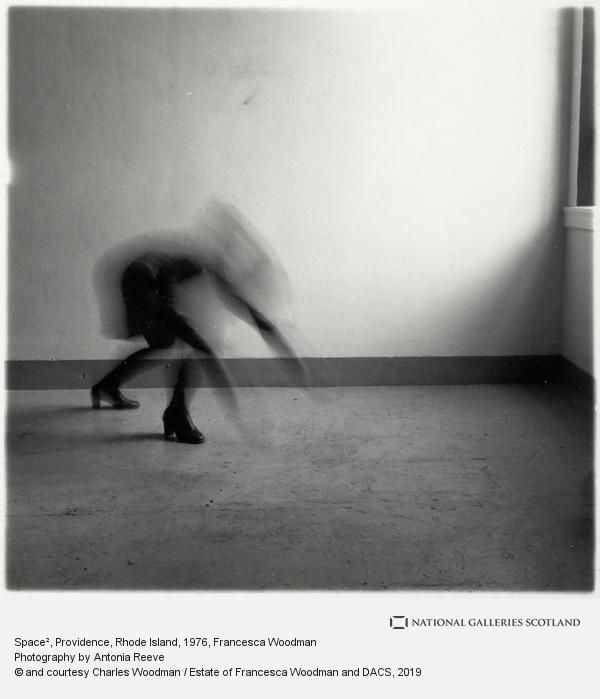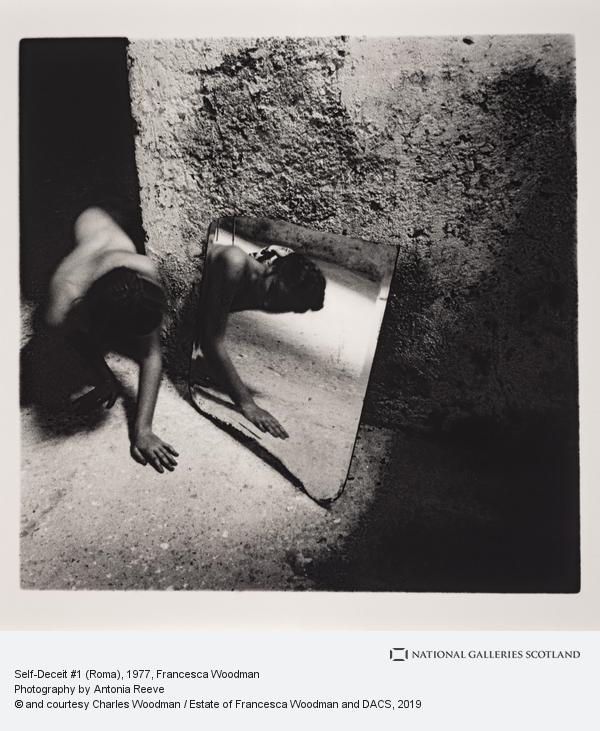Francesca Woodman’s life was short but very productive, as even though she was only 22 years old when she died she was still able to produce over 800 images, quite a large amount in those days. She was born in 1958 in Colorado, US, to two fairly artistic parents, meaning she grew up in a household where art was a central focus, where she was raised to question everything and find beauty in everything as well. She was inspired by both Surrealism and the Conceptual art movement, and the majority of her work features the recurring themes of death, sexuality and the human body. Often, she would include mirrors, skulls or representations of ghosts in her work, creating a recognisable style throughout her whole body of work. This theme of death has been interpreted by some as a sort of foreshadowing to her death: as a result of a lack of success in her work and a failed relationship, she killed herself in Manhattan in 1981.
“I would rather die young leaving various accomplishments, some work, my friendship with you, and some other artefacts intact, instead of pell-mell erasing all these delicate things”
Francesca Woodman, in a letter left to a friend before her first (unsuccessful) suicide attempt.
Woodman only published one photography book during her lifetime, called “Some Disordered Interior Geometries”. It was released in 1981, a couple days before her death. It’s printed on an antique Italian geometry exercise book, is 24 pages long, and includes some of Woodman’s own drawings and handwritten notes. One of Woodman’s friends described it as “a very peculiar little book indeed,” with “a strangely ironic distance between the soft intimacy of the bodies in the photographs and the angularity of the geometric rules that covered the pages.”
She is often described as haunting, eerie and delicate and her work mostly reflects this, with the majority being mainly bright and the focus being on the subjects and their body language – which is usually distorted and odd, in unusual positions. She manipulates her own body to be, not inherently sexual, but more a reflection of her internal thoughts and feelings. Even though a lot of her work features nudity, it is never very sexualised, and she seems to be objectively presenting her body as it is, in a variety of different and odd positions or situations rather than in the traditional poses most commonly seen in artworks containing nudity.

Untitled, Rome, Italy (1977 – 1978) 
Untitled (About 1976) 
Untitled, Providence, Rhode Island (1975 – 1978) 
Untitled, Rome, Italy, 1977-78 
Untitled, Rome, Italy, 1977-78
Her use of exposure is also quite particular and fairly well-known, often using excessively long exposure to intentionally blur herself or her subjects, creating a sense of movement and, in some cases, emotion in the image. She uses black and white almost exclusively, with only a very small selection of images produced in colour.
IMAGE ANALYSIS-
This image was taken in a setting with natural lighting, as can been seen by the shadows coming in from the right. The image is clear and sharp, demonstrating a high shutter speed, and as a whole it feels fairly cold. The image is in black and white as an conscious artistic choice, because colour cameras were widely available when Woodman was alive. The image is fairly light and there is almost a pattern in Woodman’s figure in the background and the chair in the middle ground. There is a feeling of repetition in the image, as the woman’s arms outstretched above her are mimicked in the two V-shaped bars on the back of the chair. Woodman was still a teenager/young adult when she produced the majority of her work but even so, her images features themes of depression, isolation and death, as well as commenting on femininity and the constraints of gender roles in the 70s. Her photographs provoke self-reflection and questioning about body image and identity. The form of the image is reminiscent of Christ’s crucifixion, as Woodman is in a similar position and the pattern of the door is in the shape of a cross. It also may symbolise someone hanging themselves, as Woodman did suffer from depression, however the young woman’s strong and toned arms suggest strength and athleticism; contrasting the hopelessness found in the modern depiction of suicide.

LINKS/SOURCES-
https://www.nationalgalleries.org/search/artist/francesca-woodman
https://www.vogue.com/article/francesca-woodman-photographs










